falter
Veteran Member
Picked this up for next to nothing. I frequently run across these old clock projects in various electronics magazines and I'm 99% sure this probably is a magazine project although no idea whose it is. Some of the wires to the LED board have broken off .. Definitely needs a bit of TLC. Looks to have been built around 1975 and the boards have silkscreening so I'm assuming they were offered as a kit.
Attachments
-
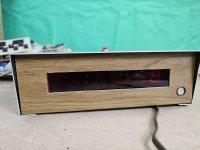 20231030_160836.jpg3.6 MB · Views: 38
20231030_160836.jpg3.6 MB · Views: 38 -
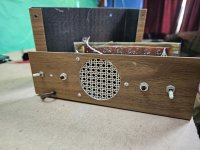 20231030_160805.jpg3.4 MB · Views: 37
20231030_160805.jpg3.4 MB · Views: 37 -
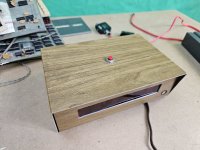 20231030_160841.jpg3.5 MB · Views: 34
20231030_160841.jpg3.5 MB · Views: 34 -
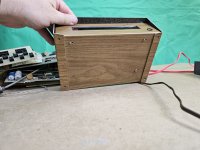 20231030_160847.jpg3.7 MB · Views: 38
20231030_160847.jpg3.7 MB · Views: 38 -
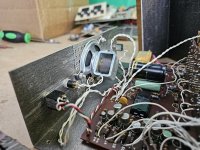 20231030_160801.jpg3.6 MB · Views: 41
20231030_160801.jpg3.6 MB · Views: 41 -
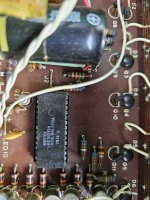 20231030_160753.jpg1.7 MB · Views: 43
20231030_160753.jpg1.7 MB · Views: 43 -
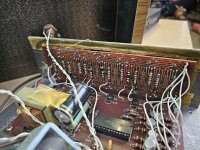 20231030_160733.jpg4 MB · Views: 41
20231030_160733.jpg4 MB · Views: 41 -
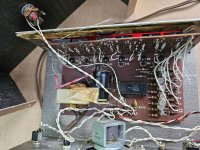 20231030_160730.jpg4.3 MB · Views: 38
20231030_160730.jpg4.3 MB · Views: 38 -
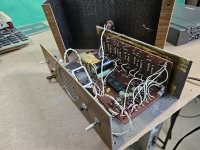 20231030_160728.jpg3.6 MB · Views: 41
20231030_160728.jpg3.6 MB · Views: 41
